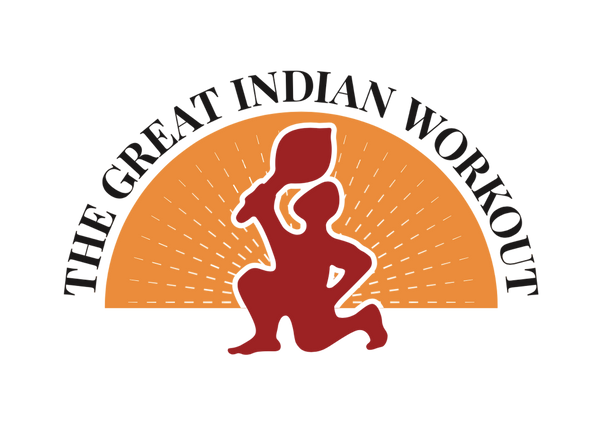
Shena Board Push‑Up Routines: Beginner to Advanced Guide
Are you ready to take your bodyweight training up‑a‑notch? The Shena Push‑Up Board offers a smart way to upgrade your push‑ups and build serious strength, mobility and stability — all from home.
Whether you’re a beginner or experienced, this guide offers workout routines for all levels, using the board's different hand positions, full-body exercises, and increasing challenges.
Why Choose the Shena Push‑Up Board?
The Shena board takes push-ups to the next level by allowing a deeper range of motion, improving wrist alignment, offering different hand positions, and activating more muscles.
According to a detailed guide:
“The Shena Push-Up Board offers several benefits, including various hand positions for targeting different muscles, better wrist comfort, and the convenience of portability and variety.”
One product page states it helps build upper‑body strength, wrist flexibility and core stability through deeper movements.
In short: it’s more than a push‑up board—it’s a full‑body training tool.
Understanding the Levels: From Beginner to Advanced
To get the most out of the Shena board, you’ll progress through phases. Start simple, build strong, then add challenge.
Level 1 – Beginner: Build Base
- Focus: proper push‑up form, getting comfortable with the board’s hand‑placements, and improving wrist/shoulder mobility.
- Example: Standard push-up on board with neutral grip; wide-hand version for chest; narrow-hand version for triceps.
- Tip: Choose a hand‑placement zone you can repeat 10‑12 times with good form.
Level 2 – Intermediate: Introduce Variations
- Focus: switch hand placements more often, increase range, and add core integration.
- Example: Diamond position push‑ups, elevated feet push‑ups on board, and rotational board push‑ups.
- Tip: Hand‑placement changes activate different muscle paths so you’re not stuck doing only one kind.
Level 3 – Advanced: Challenge & Flow
- Focus: explosive movements, complex variations, minimal rest, and full‑body synergy.
- Example: Plyo push‑ups on board, archer board push‑ups, and side‑to‑side board plank‑push combos.
- Tip: Use the board’s design to get creative and test your strength, stability and mobility.
Routine Blueprint: Beginner to Advanced
Here is a structured routine you can use. Adjust reps/sets based on your level. Perform 2‑3 sessions per week, with 48 hours rest between upper‑body board sessions.
Warm‑up (5‑7 minutes):
- Arm circles, shoulder mobility drills, wrist warm‑ups using board edges.
- 1 minute plank with hands on board (neutral grip) for core activation.
Main Routine:
- Pick hand‑placement based on level. For example:
- Beginner: Neutral position push‑ups on board—3 sets x 8‑12 reps.
- Intermediate: Wide grip → 2 sets x 8, followed by diamond grip → 2 sets x 8.
- Advanced: Plyo board push‑ups 3 sets x 6, Side‑to‑side board taps 2 sets x 10.
Core/Accessory:
- Board plank holds (hands on board) 2 sets x 30 seconds.
- Push‑up + knee‑tuck on board (for intermediate/advanced)—2 sets x 8 reps.
Cool-down (5 minutes):
- Stretch chest, shoulders, and wrists.
- Neutral plank hands on board, hold for 20 seconds.
Key Benefits & Why They Matter
- Greater Muscle Engagement: The board’s hand placements allow different angles, engaging chest, shoulders, triceps, and core more deeply.
- Wrist & Shoulder Health: The wooden board and ergonomic design help align wrists better, reducing strain and improving mobility.
- Portability & Home‑Friendly: You don’t need fancy gym equipment—just the board and some floor space.
- Progressive Scalability: From simple push‑ups to advanced variations, you can scale as you grow stronger.
- Full‑Body Functional Strength: Because you use bodyweight in dynamic positions, the strength you build transfers to daily tasks and sport.
Safety Tips & Technique Focus
- Ensure the board is placed on a non‑slip, stable surface.
- Always maintain a straight line from head to heels during push‑ups; engage core.
- Change hand‑placements mindfully—e.g., wide, narrow, or neutral—to avoid repetitive strain.
- If your wrists feel pain, drop to a higher elevation (e.g., feet on floor, hands on board) until you build strength.
- Why The Great Indian Workout’s Shena Board Stands Out
At The Great Indian Workout, the Shena boards are not just equipment—they’re crafted training tools. They reflect heritage, quality, and modern functionality. Their collection highlights traditional strength tool redesigned for home fitness. By choosing these boards, you connect with a tradition of strength while getting practical results.
